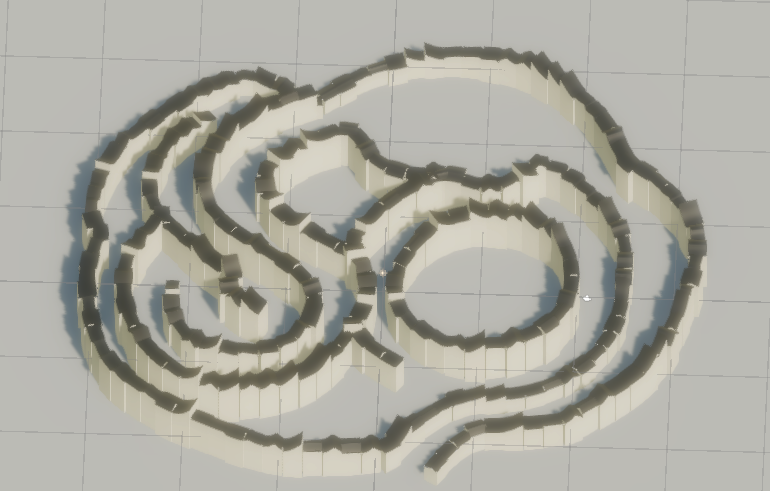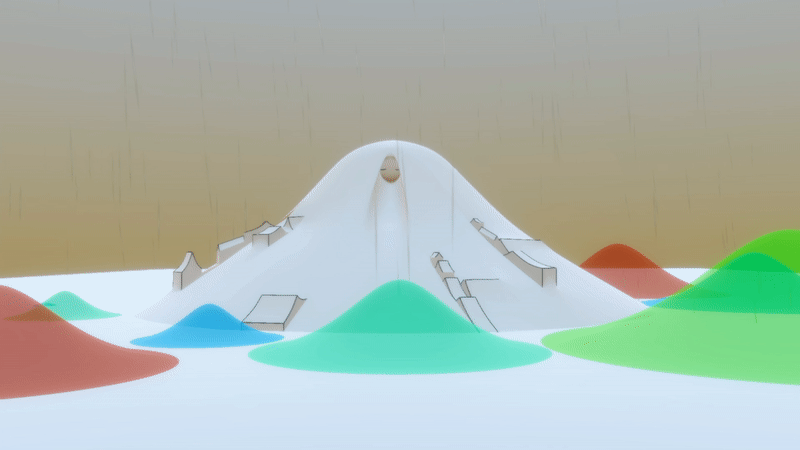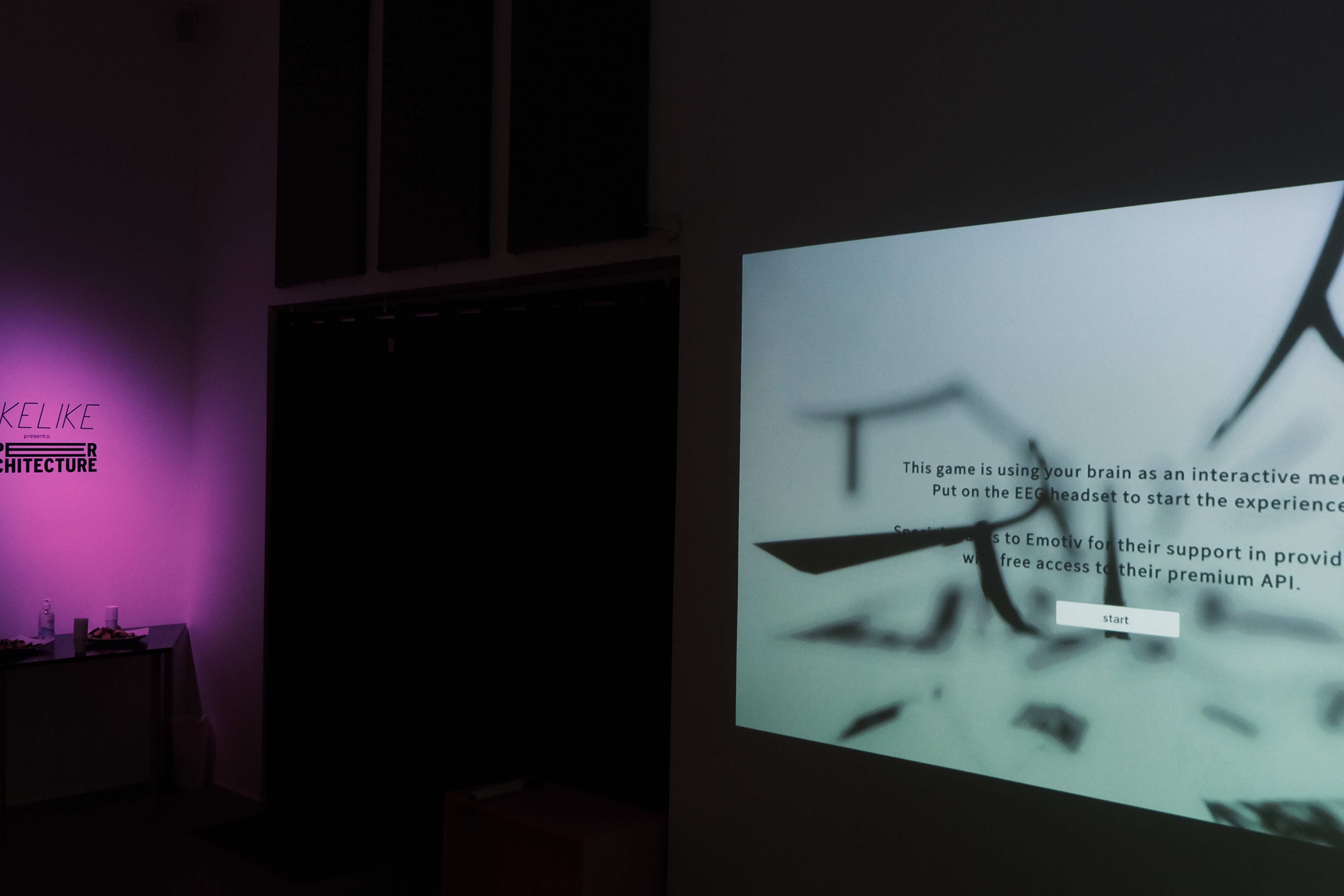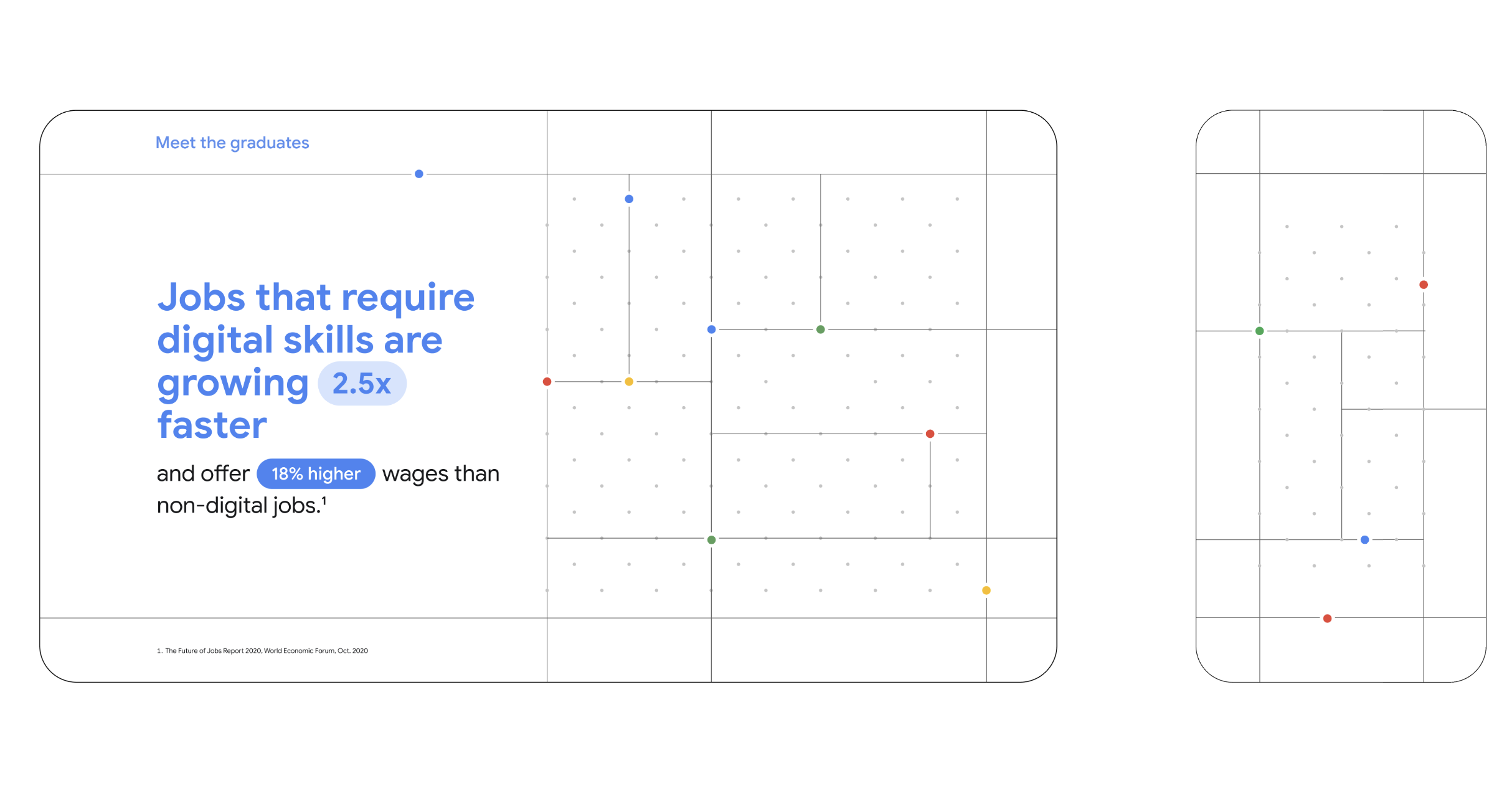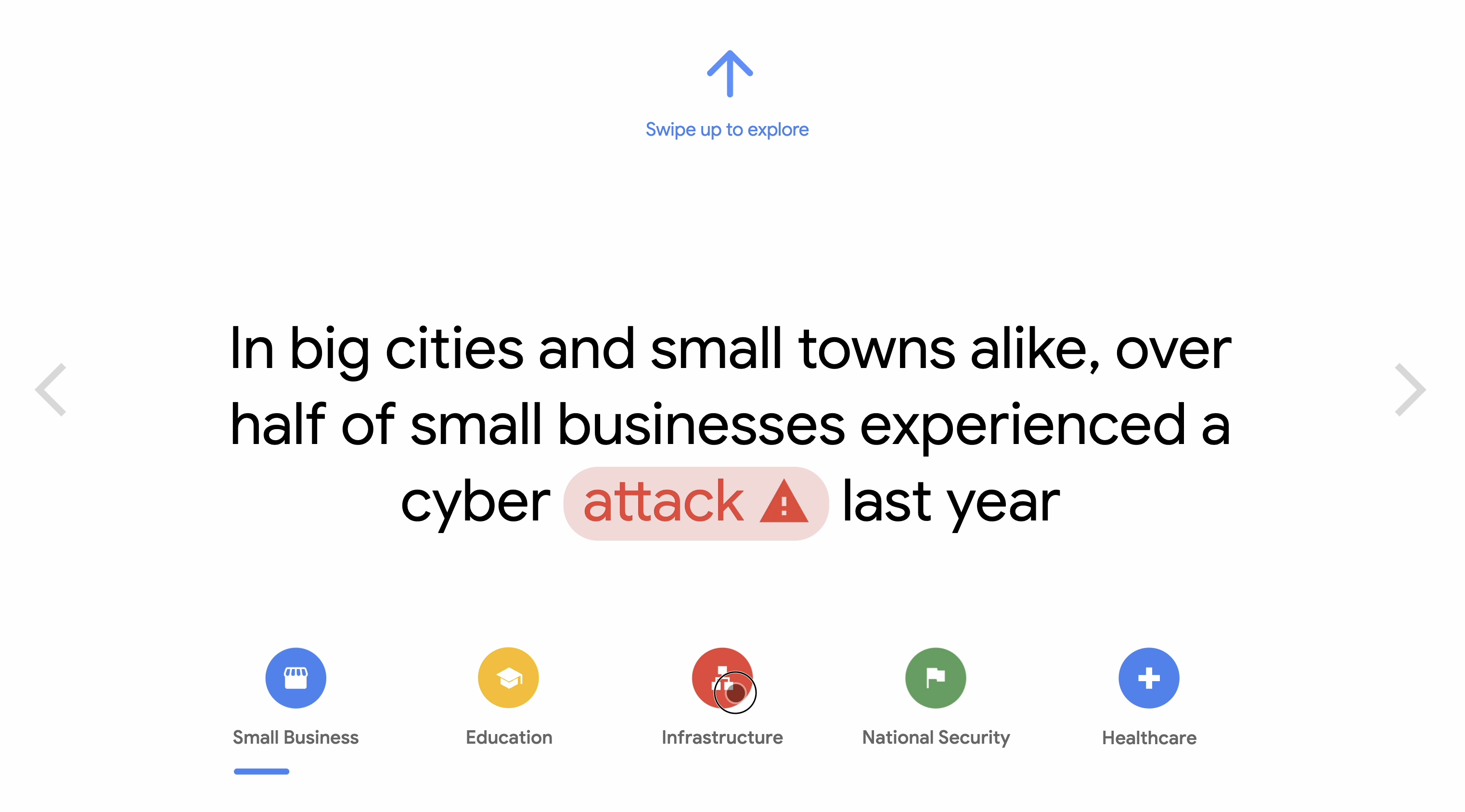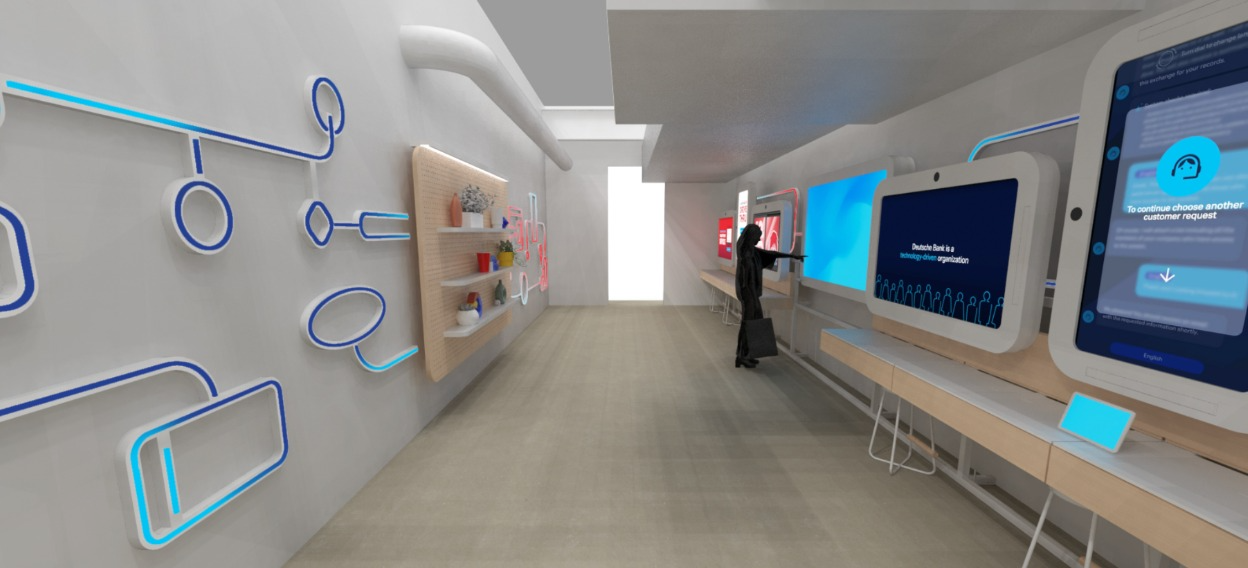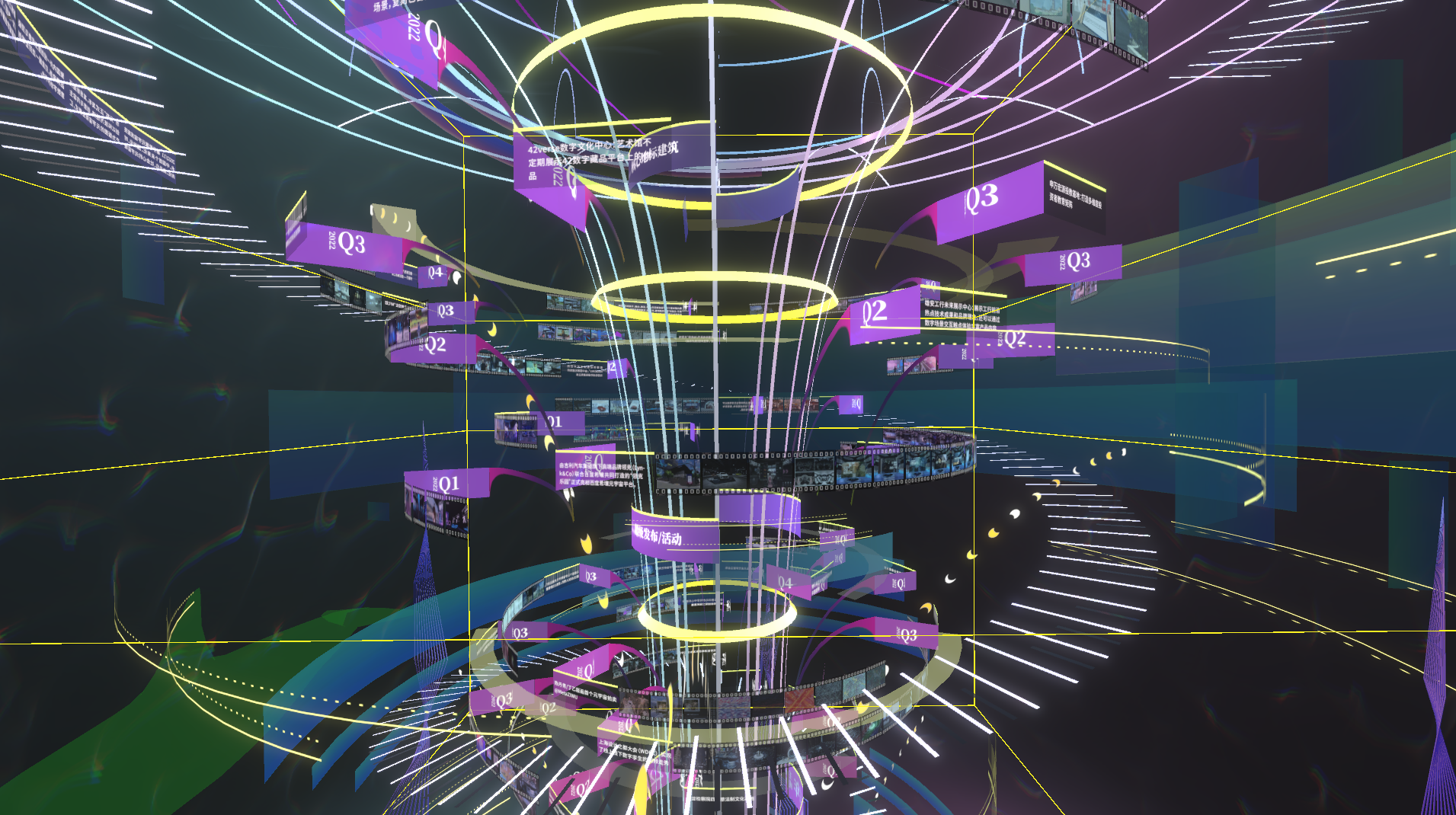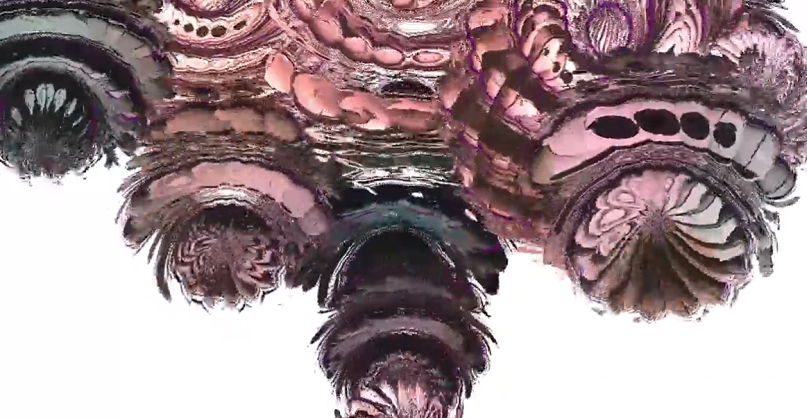
brief
Shadowing in a hazy environment representing our memory, it roots in scenes and abstract elements derived from Hui Style architecture. The user wears a EEG headset in which their emotion drives the environment and pushes a simple storyline.
Collabortor
Heidi He portfolio website
Tech: EEG headset
EEG, or Electroencephalogram, captures brain signals. Utilizing a commercially available headset with electrodes on the scalp, Lu and Heidi retrieve real-time EEG data to read the user’s emotions.
The practice of using EEG data for responsive environment derives from Heidi’s previous work with William Qian - “Neuroadaptive architecture in VR.” In this game, they link the user’s emotional state and responses to dynamically drive the environment, creating an immersive experience where the user not only observes but also emotionally connects with the unfolding journey of memories.
The emotional states used in this game are Focus, Excitement, Interest, and Relaxation. Unlike games where active and intensive character control is required, this game focuses on providing a user experience where individuals feel their emotions, connect with themselves, and establish a deep, calming connection with the unfolding story.
Realtime Generate labyrinth with bezier curves and shaders
